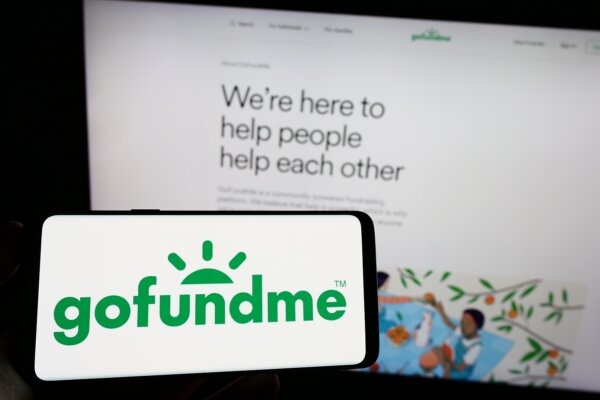
(© Irina Schmidt - stock.adobe.com)
NEW YORK — Left to their own devices, toddlers will play with household objects as much as with toys, a new study reveals. Although there are plenty of studies on the benefits of playing with toys, scientists from New York University were keen to study kids outside a lab where there are other distractions. They discovered that babies display a burst of curiosity and, given the choice, will spend equal amounts of time exploring bins, boxes, pillows, remote controls, and cabinet doors as toys.
The team from NYU studied 40 young children, 20 13-month-olds, 10 18-month-olds, and 10 23-month-olds. Most of the infants were from white, middle-class, English-speaking families, local to New York. Researchers used cameras to record the infants in a home environment since previous studies usually take place in a child-friendly lab, where children engaged with predetermined objects for a fixed amount of time. The results show that both toys and household objects are beneficial in helping small children to develop and learn.
“Our findings show an essential first step in identifying the everyday inputs to infants’ natural learning,” the report’s lead author and Professor of Applied Psychology at NYU, Catherine Tamis-LeMonda, says in a media release.
“At a time in development when infants must acquire information about what objects are and what they can do with them, massive amounts of practice playing with a variety of objects at home is beneficial for learning. And varied exploration is adaptive. We thus seek to flip the narrative from a critique of what infants have not yet achieved to an acknowledgement of how infants interact with their natural learning environment at home.”
Do babies really need (or use) all those expensive toys?
Study authors recorded infants and their mothers with a handheld video camera during two home visits. The youngsters were free to interact with whatever objects were available. During the observed “free play” at home, the babies and toddlers spent 60 percent of their time interacting with objects. However, they spent as much time playing with household items like boxes, pillows, and doors as they did with their actual toys.
“Our research yields an unprecedented picture of infants’ spontaneous object interactions,” adds Orit Herzberg, a postdoctoral fellow at NYU.
“Instead of viewing infant behavior as flighty and distractible, infants’ exuberant activity should be viewed as a developmental asset—an ideal curriculum for learning about the properties and functions that propels growth in motor, cognitive, social and language domains. Infants learn about the world by playing with as many things as possible, in short bursts of activity. And every object is a potential play object.”
The ages of the mothers in the study ranged from 27 to 46 and 93 percent had earned a college degree. The findings provided a key to understanding how free play facilitates everyday learning and development. In order to develop the findings of this study, the team says they’ll need to carry out more experiments with play time with a more diverse sample of children and parents. For now, the question of whether spontaneous interactions vary by different types of social engagement remains an open question that scientists hope to answer.
The findings appear in the journal Child Development.
South West News Service writer Georgia Lambert contributed to this report.









